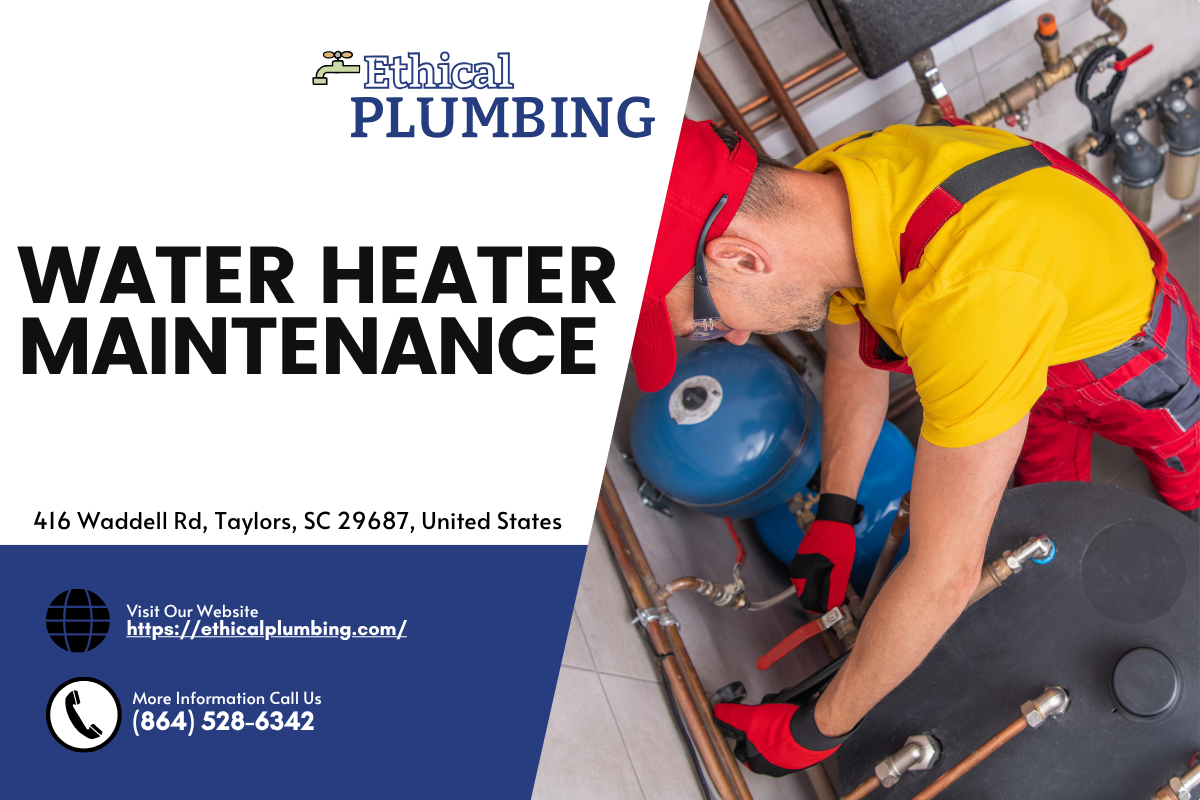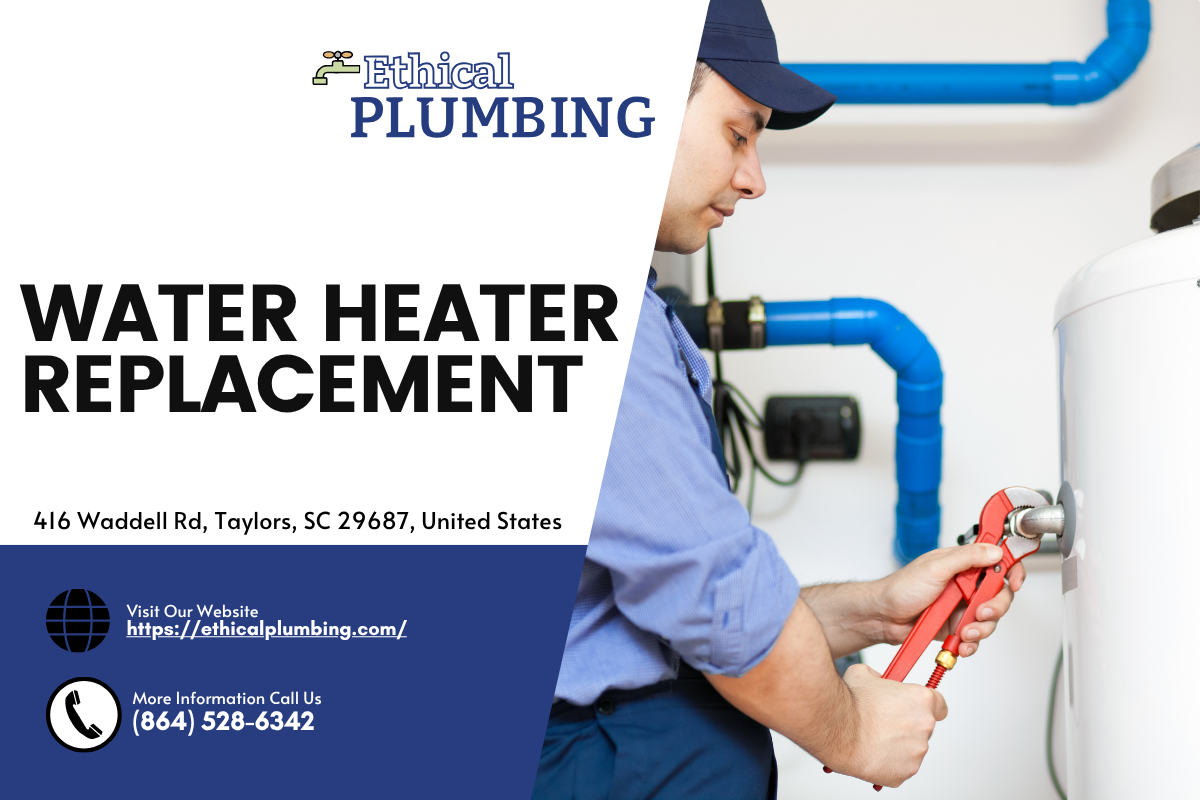
Tankless vs. Traditional Water Heaters: Which Requires More Maintenance?

When it comes to home comfort, few appliances are as crucial as water heaters. The age-old debate of tankless versus traditional water heaters has been a hot topic among homeowners, plumbers, and energy experts alike. Both options come with their unique advantages and drawbacks, especially concerning maintenance requirements. In this comprehensive article, we'll delve into the ins and outs of these two types of water heaters and explore which one demands more upkeep.
Understanding Water Heater Basics
What is a Traditional Water Heater?
Traditional water heaters, often referred to as storage tank water heaters, operate on a straightforward premise: they store a set amount of hot water in a tank for immediate use. These tanks usually range from 20 to 80 gallons in capacity and rely on either gas or electricity to heat the water.
What is a Tankless Water Heater?
On the flip side, tankless water heaters—also known as on-demand water heaters—heat water directly without the need for a storage tank. When you turn on a hot water tap, cold water travels through a pipe into the unit, where it's heated using gas burners or electric elements.
Tankless vs. Traditional Water Heaters: Which Requires More Maintenance?
So, how does maintenance differ between these two systems? Let’s break it down into various aspects such as lifespan, repairs needed, and overall service requirements.
Lifespan Comparison
Traditional Water Heaters Lifespan
Typically, traditional water heaters last about 10-15 years with proper care. However, factors such as sediment buildup can significantly shorten their lifespan.
Tankless Water Heaters Lifespan
In contrast, tankless units boast an impressive lifespan of around 20 years or more if maintained correctly. This longevity can lead to fewer replacements over time.
Maintenance Frequency
Routine Maintenance for Traditional Units
Traditional units generally require annual checks that include flushing the tank to remove sediment buildup. Neglecting this task can lead to issues such as decreased efficiency and eventual breakdowns.
Routine Maintenance for Tankless Units
Tankless models also demand regular maintenance but focus primarily on descaling to prevent mineral buildup in the heat exchanger. Depending on your local water quality, this could mean servicing every six months to two years.
Common Repairs: What You Need to Know
Water Heater Repair for Traditional Units
Common issues with traditional units include leaks from corroded tanks or faulty thermostats. These problems often require professional intervention for effective repair.
Tankless Water Heater Repair Insights
For tankless systems, common repairs involve failures related to heating elements or sensors. Although some minor fixes can be addressed by homeowners, most repairs should be handled by qualified technicians due to their complexity.
Energy Efficiency and Its Impact on Maintenance Needs
Energy Efficiency of Traditional Water Heaters
While traditional heaters may be less efficient because they constantly keep water heated even when not in use (a process known as standby heat loss), they still provide reliable performance under typical usage conditions.
Energy Efficiency of Tankless Water Heaters
Tankless models shine in terms of efficiency—they only heat water when it's needed. However, this efficiency can lead to unique maintenance challenges; if your system isn’t adequately sized or serviced regularly, it may struggle during high-demand periods.
Installation Considerations for Both Systems
Water Heater Installation Process for Traditional Heaters
Installing a traditional heater is relatively straightforward—most homes already have plumbing in place for these systems. However, installation may involve additional costs if you're upgrading from an older model.
Water Heater Installation Process for Tankless Systems
Conversely, installing a tankless system is often more complex and may require upgrading gas lines or electrical systems. It’s crucial that homeowners consult professionals during this process to ensure safety and efficiency.
Cost Analysis: Initial Investment vs. Long-Term Expenses
Initial Costs of Traditional vs. Tankless Systems
- Traditional Water Heaters: On average range from $300-$800.
- Tankless Water Heaters: Typically cost between $800-$2,500 depending on size and fuel type.
Long-Term Costs Associated with Maintenance & Repairs
- Traditional System: Higher likelihood of repairs associated with sediment buildup means increased maintenance costs over time.
- Tankless System: While initial repairs might seem expensive because of their complexity, long-term maintenance tends to be lower due to their longer lifespan.
User Experience: Convenience vs. Reliability
User Experience with Traditional Models
Most users appreciate the reliability of having stored hot water available at all times; however, running out during peak demand hours can be frustrating.
User Experience with Tankless Models
Users enjoy endless hot water but must ensure their system is correctly sized—otherwise risk disappointing wait times when multiple outlets are used simultaneously.
Environmental Impact: What Should You Consider?
Both systems impact energy consumption differently—traditional models often consume more energy over time due to standby losses compared to their tankless counterparts that only activate when needed.
FAQ Section
1. How do I know which type of heater is best for my home?
The best choice depends on your household's water heater installation taylors hot water demands and available space; consult with professionals who specialize in both types for tailored advice.
2. What are signs my traditional heater needs repair?
Look out for leaks around the unit or inconsistent hot water supply—these could indicate potential issues requiring immediate attention.
3. Can I install a tankless unit myself?
While DIY installation might seem tempting due to potential cost savings, it’s advisable that you hire certified professionals given the complexity involved.
4. How often should I service my heater?
For traditional units, annual servicing is recommended; while for tankless options every six months to two years is ideal based on local mineral content levels.
5. Are there any tax credits available for new installations?
Yes! Depending on your location and local regulations; many regions offer incentives aimed at promoting energy-efficient appliances.
6. Is regular flushing necessary for both types?
Yes! Flushing helps remove sediment buildup in traditional models while descaling maintains efficiency in tankless systems—both are vital parts of routine maintenance practices!
Conclusion
In closing our exploration into "Tankless vs. Traditional Water Heaters: Which Requires More Maintenance?" we see that while both options have merits regarding convenience and efficiency—but also distinct differences concerning ongoing responsibilities required by homeowners post-installation!
Ultimately selecting between them hinges upon individual needs—how much hot-water capacity do you require daily? What level of investment fits within your budget constraints? And most importantly will you stay proactive regarding routine care?
By weighing these considerations carefully alongside maintenance expectations outlined here—you’ll be well-equipped make an informed decision suited specifically towards enhancing comfort within your home today!